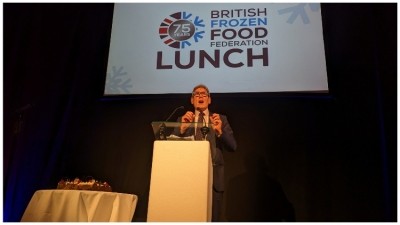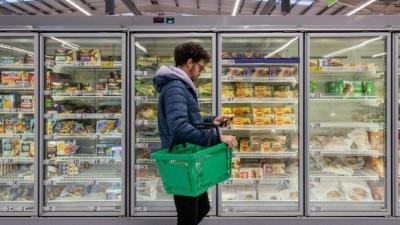News
UK appetite for frozen food continues to grow: BFFF

The 12-week figures to 11 June show that volume sales of frozen food grew by 7,559,000 tonnes, compared to the same period last year, at a rate of 1.6%. The sector reported a growth rate of 0.5% in the 12 weeks to 19 March.
Frozen vegetables, meat and poultry, potato products, pizza, and savoury foods were all key drivers of volume growth in the reported period, while more indulgent products such as ice cream, confectionery and fish saw demand drop as consumers budget were stretched thin by the cost of living crisis.
Value continues to climb
The value of retail frozen food sales was up 20% (£326.5m) but this growth in value was largely a reflection of the inflation affecting the entire food industry. However, the fresh and chilled market continued to see volume sales decline (-3.3%) thanks again to price conscious consumers trading for frozen.
Rupert Ashby, chief executive of the BFFF, commented: “The cost-of-living crisis continues to have a significant effect on consumer spending habits, with more shoppers buying frozen food to help make their budget go further.
With more AB shoppers now visiting the frozen aisle, it’s clear that consumers are recognising frozen food as a tasty, nutritious and affordable choice that can help them deal with the current economic climate.”
Significant challenges for the industry
“Whilst the growth in sales is good news, our members continue to face significant challenges throughout the entire frozen supply chain, with the effects of the coronavirus pandemic, the war in Ukraine, Brexit and inflation still putting members under huge pressure. However, volume growth shows that consumers are continuing to choose frozen food for its high quality, value for money credentials.”
Meanwhile, exports of fresh and frozen sheep meat reared in the UK significantly increased during the first six months of 2023.
















